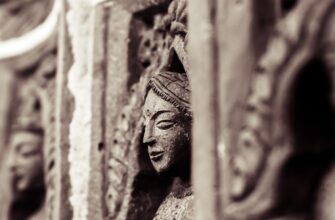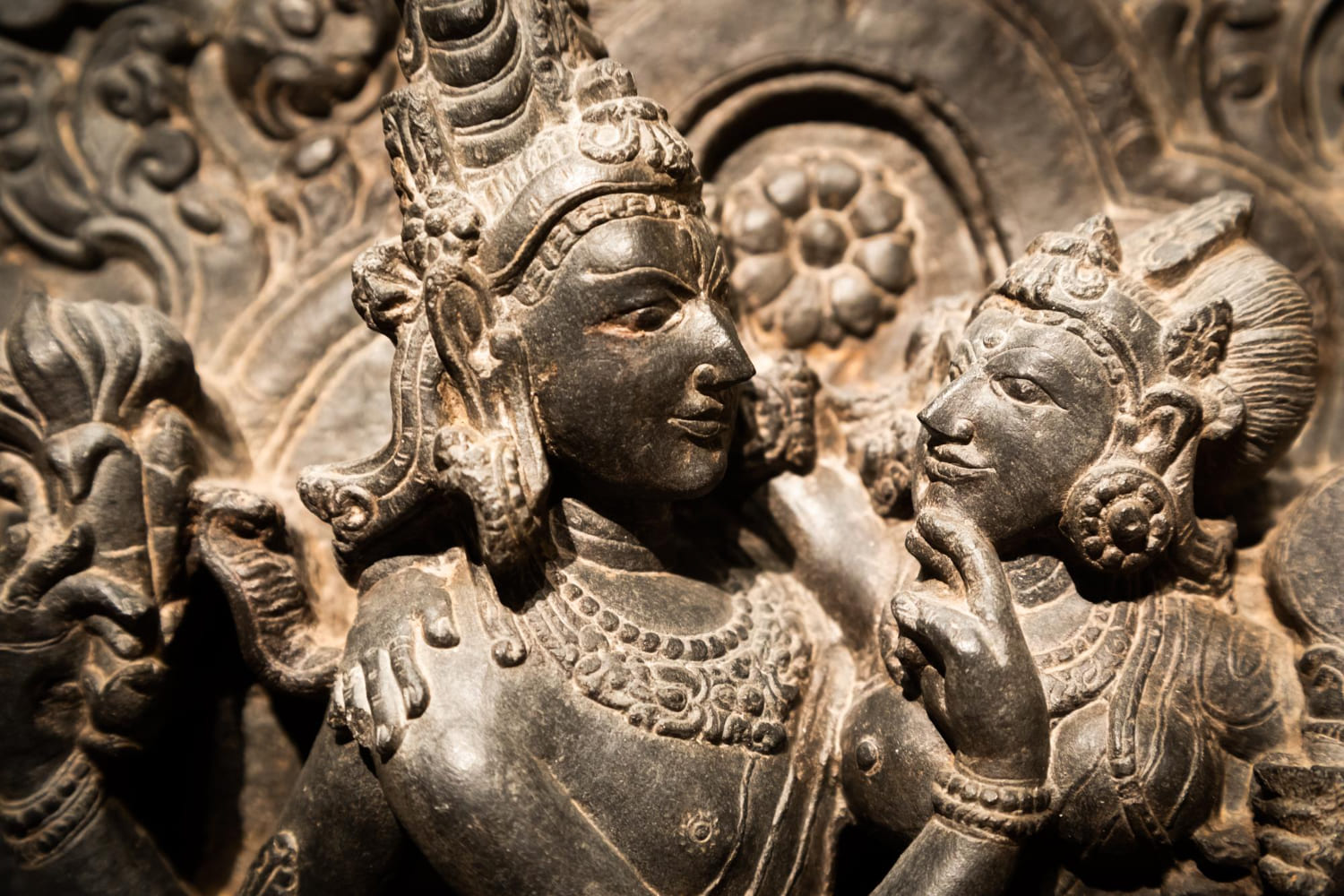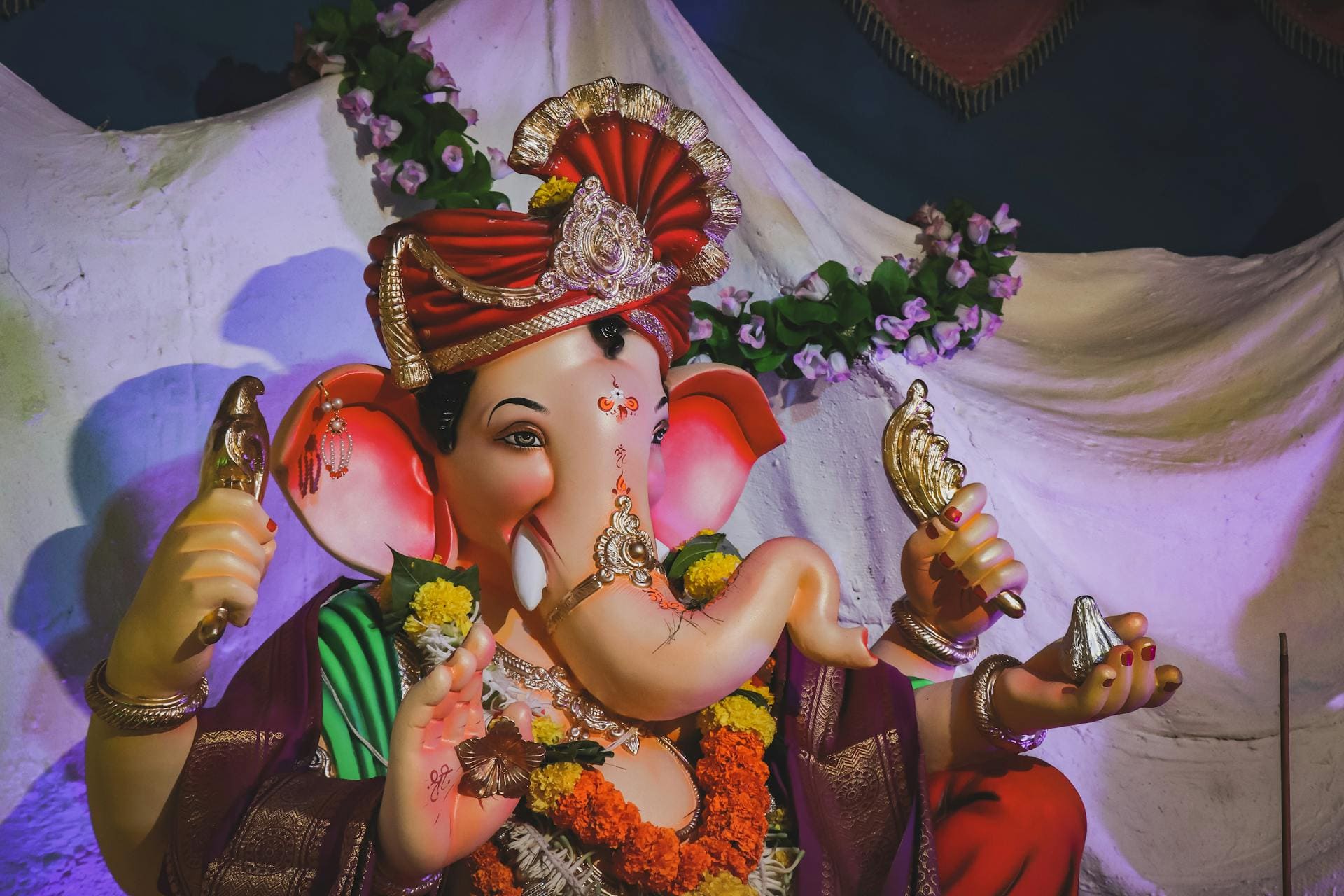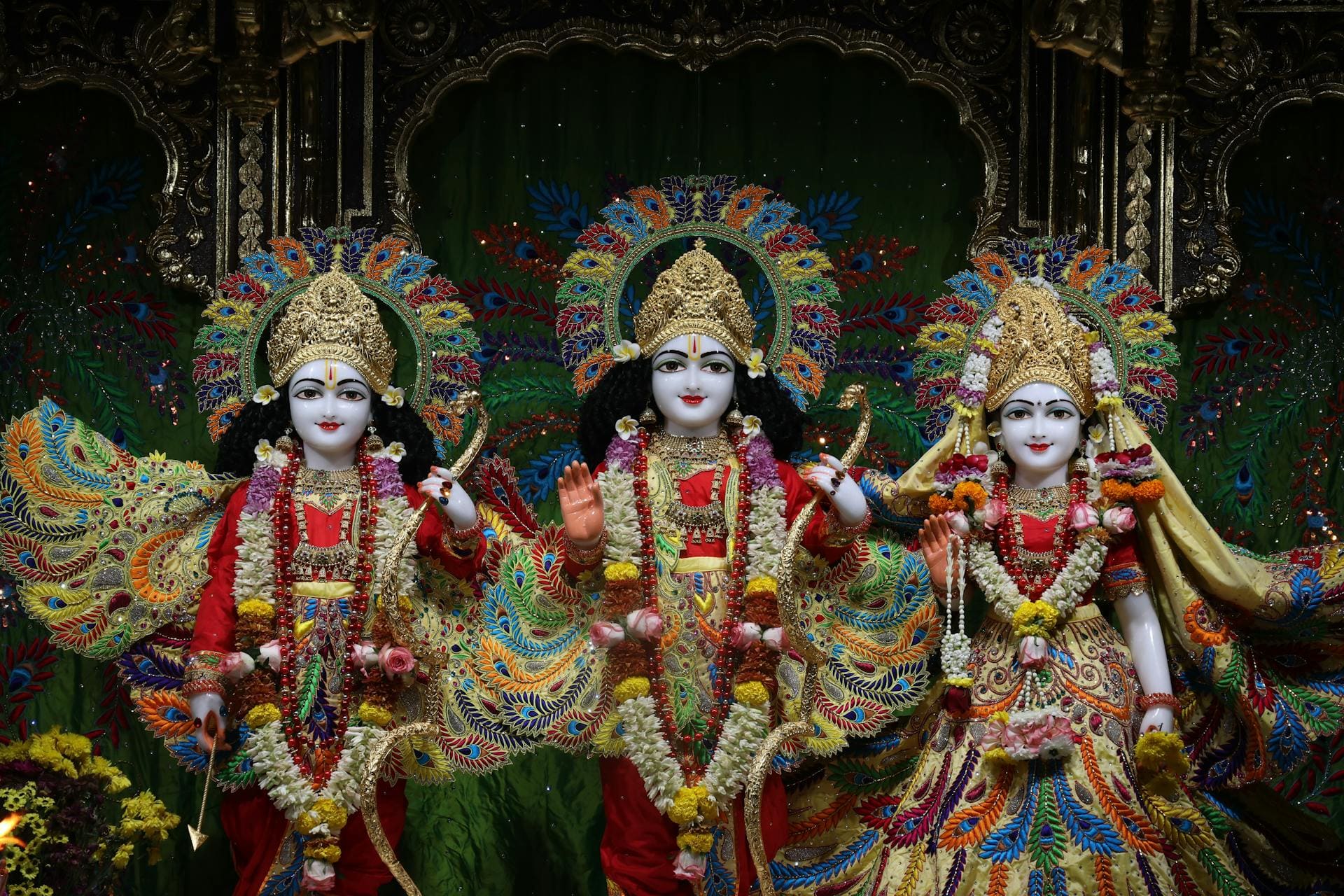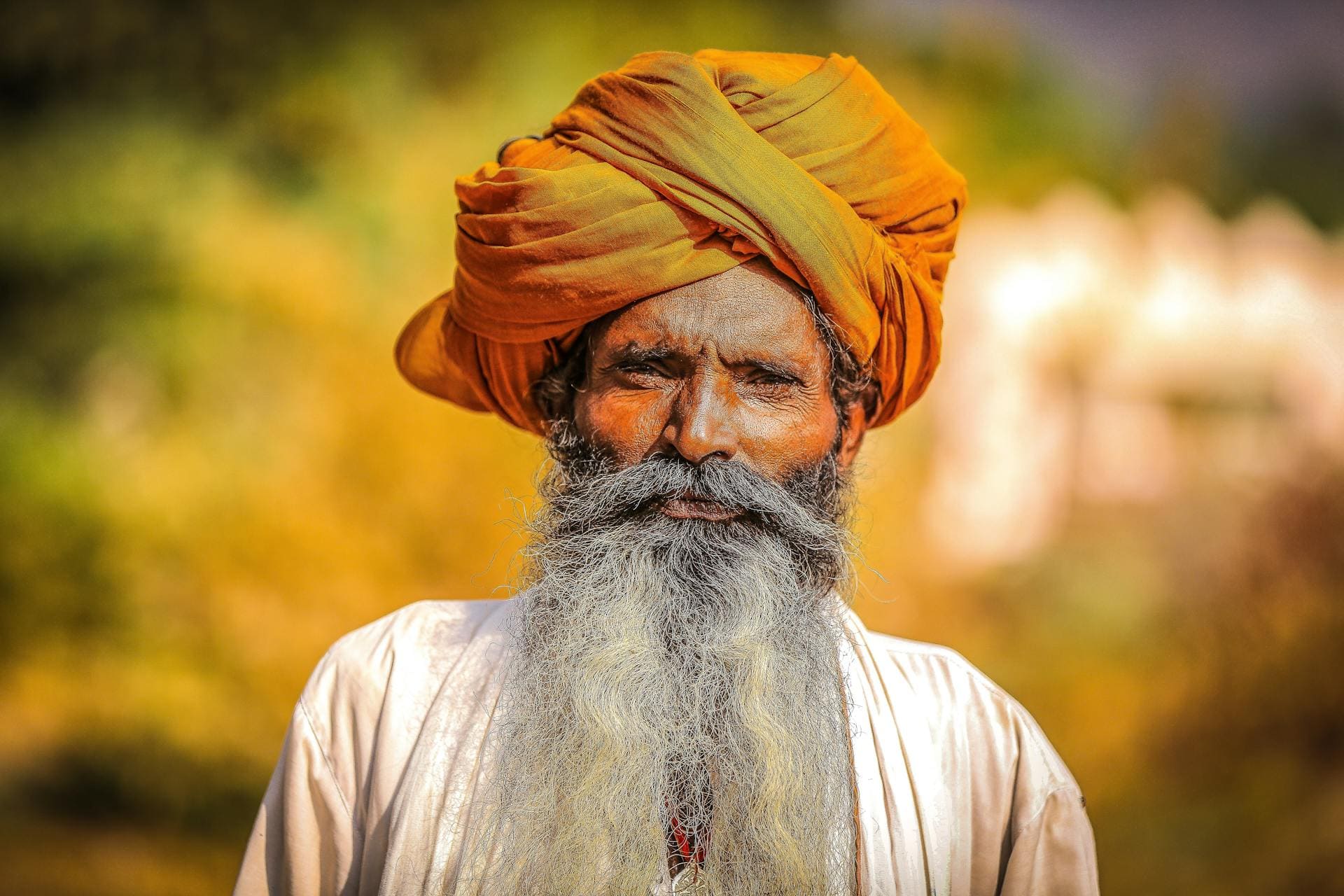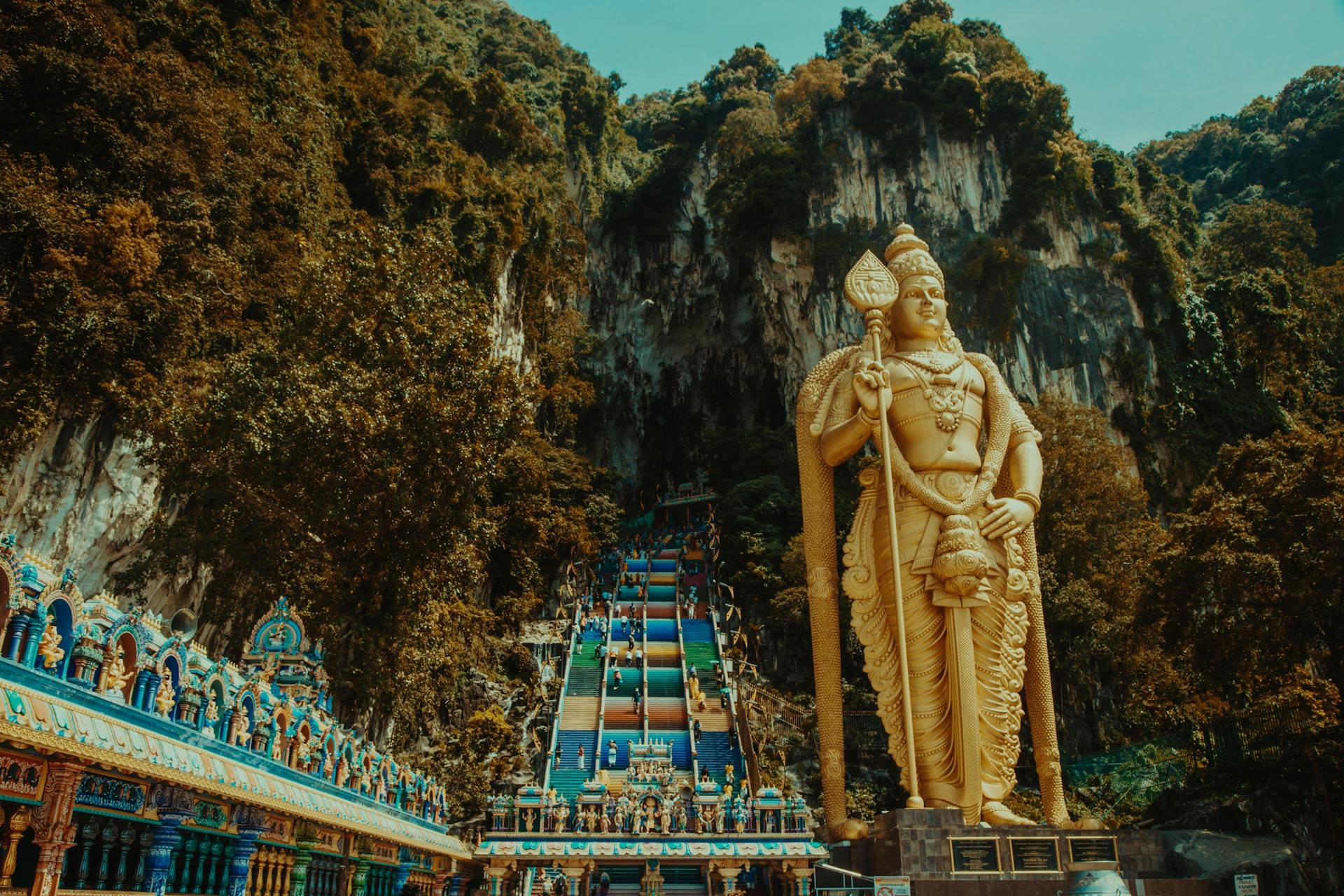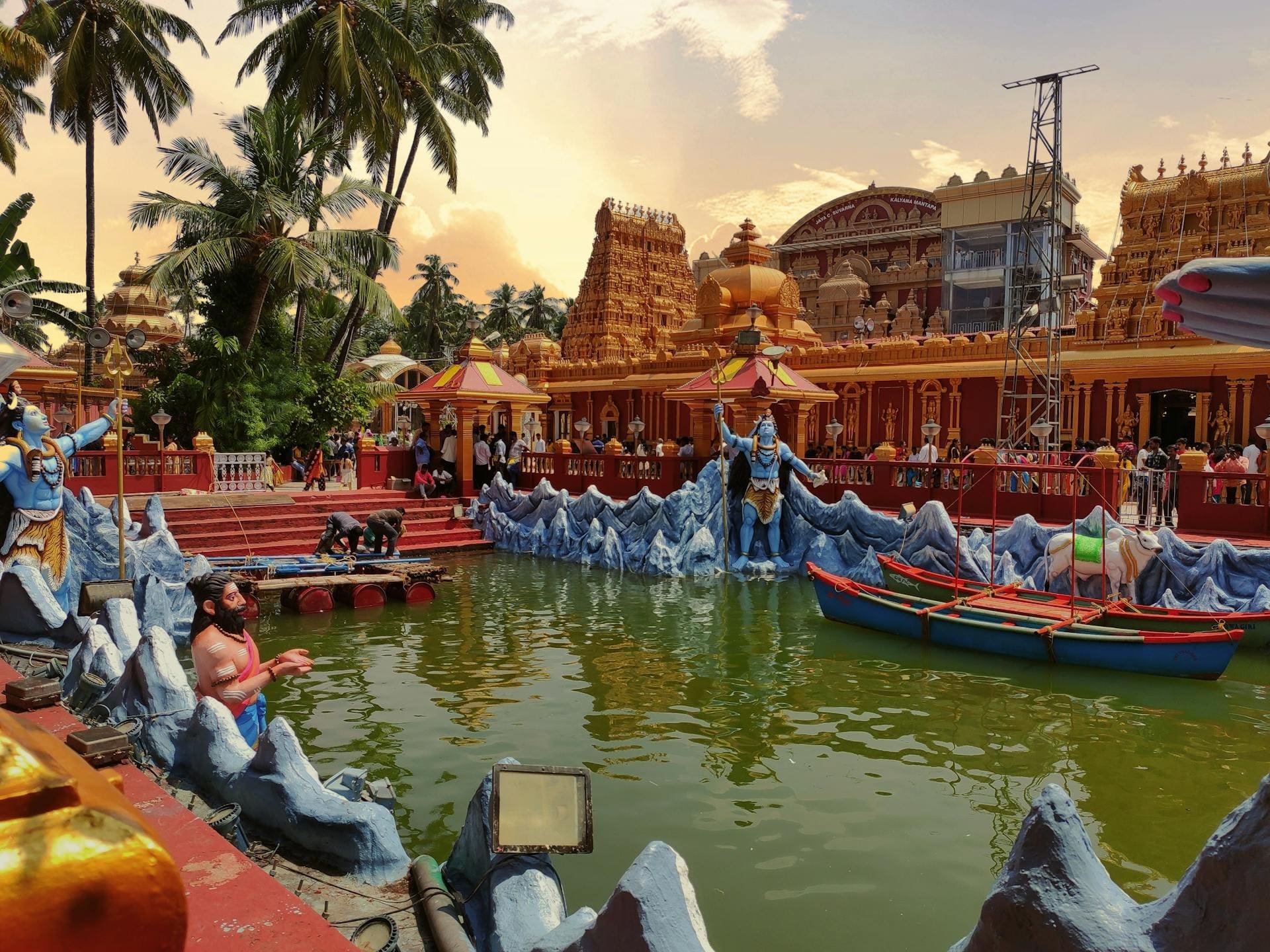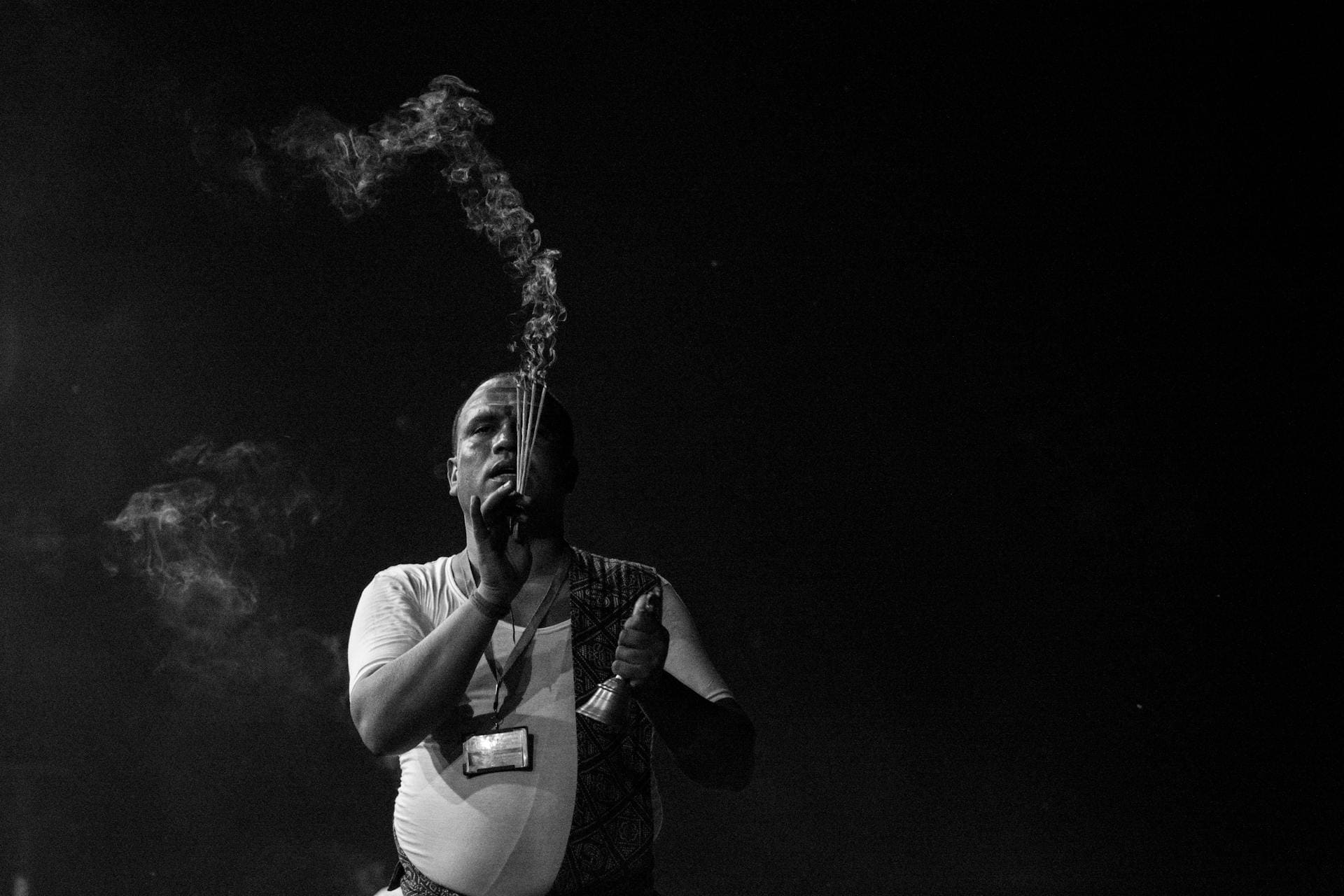Diwali, or Deepavali, is one of the 5 main holidays in India, it has great significance and special symbolism. Diwali is called the “festival of lights”; it is a symbolic triumph of goodness over evil, the road from darkness and ignorance to knowledge, and the triumph of truth over falsehood. For a person, light is not only the ability to see, it is a bright beginning and clarity. In translation, the word means “a row of lights”. The holiday has existed for more than 7 thousand years. It marks the end of one period of the year – the rainy season and the beginning of winter. At this time, farmers harvested, so there is a parallel name for the ceremonies – “Harvest Festival”. The most significant place is taken by the goddess Lakshmi, who is given all kinds of honors.
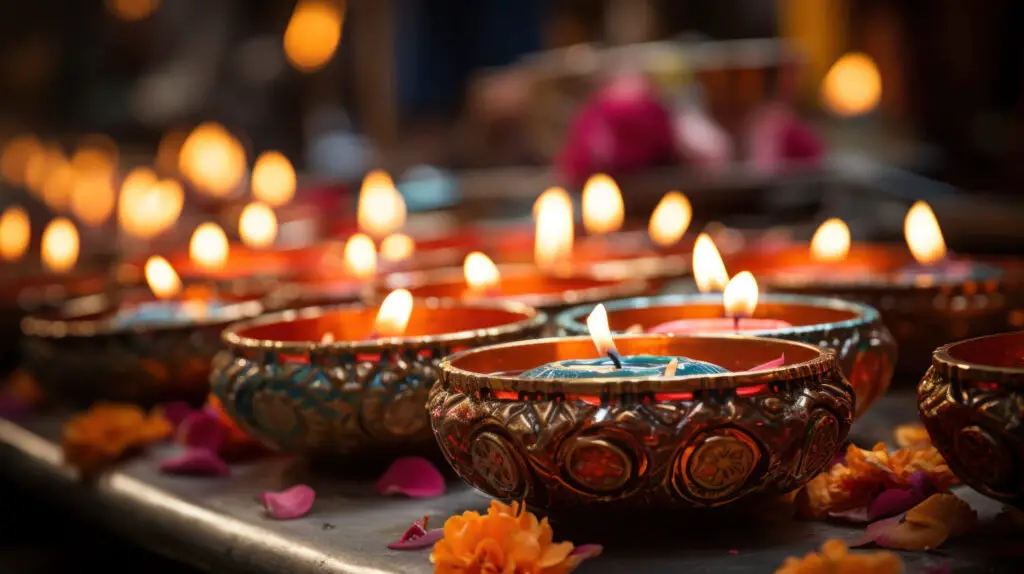
Diwali Traditions
The order of actions observed on the day of Diwali has a spiritual basis, it is necessary to bring the body and home into a harmonious state. Meditations are held to work on cleansing the mortal shell, a new outfit symbolizes changes in the inner “I” and renewal. It will be necessary to abstain from 5 life weaknesses: anger, greed, passion, ego and attachment. A period of awareness of thoughts, relationships, actions and speech begins. Lights in the decoration of the home indicate the presence of the light of reason. Clay lamps, which are called Diya (Deepa) represent bodies that combine five positions:
- fire;
- air;
- water;
- space;
- earth.
The frailty of the human body is beyond doubt, it is a short-term shelter. The flame of Diya is a symbol of the soul (Atma). It has bright, saturated rays when a stable connection with the supreme soul of God (Paramatma) is achieved. Oil symbolizes spiritual knowledge, which is an invaluable component. Maintaining the flame means awareness, awakening from deep oblivion and ignorance, and connection with the Supreme Light through meditation.
Diwali is the time to pay off financial and karmic debts. It is customary to pay homage to Devatas, cleanse the home, put on new clothes, use updated utensils. The cleanliness of the body is of particular importance, and it is necessary to cleanse by bathing in the shining stars before sunrise. This gives relief from the sins of the past year and faith in a successful period. An indicator of the Golden Age (Satya Yuga) is a sari with gold threads. Old clothes signify the end of the previous Iron World (Satya Yuga), which gives the path to a bright life.
The most important and interesting principles of Diwali
The festival is celebrated in October or November and lasts for five days. Almost everyone adheres to the traditional stages:
1. Rangoli. This is advance preparation, which includes preparing the home, getting rid of unnecessary things, and cosmetic repairs. Goddess Lakshmi blesses the renovated premises. In order to receive her with dignity, the owners decorate the area near the main door with bright flower arrangements and beautiful canvases. They are called “rangoli” and bring good luck.
2. Lakshmi Puja. On the 3rd, every Hindu house worships Lakshmi. The prayer to the goddess promises blessings for well-being and prosperity.
3. Diya oil lamps. They illuminate the home during the festive period, symbolizing a positive mood and prosperity. Handmade oil lamps are made from a high-quality clay mixture, they are decorated with bright flowers. Diwali takes place in a very dark night time, so it is customary to light lamps that help deal with the darkness.
4. Traditional Diwali treats. Families prepare sweets according to traditional recipes. They can be given as gifts to friends and relatives.
5. Fireworks are considered an obligatory attribute of the festive period. Hundreds of lights are sent into the sky all over India and many regions of the globe. The brightest fireworks and crackers mark the third day of the celebration.
Grandiose preparations and support of traditions help to join a large community, to feel its mood. Diwali is celebrated in Sri Lanka, Japan, Mauritius, Thailand and Nepal.
History of Diwali
The meaning of Diwali should be sought in ancient legends and tales. The most reliable is the legend of Northern India, according to which Diwali is a celebration in honor of the arrival of the Lord Rama, who defeated Ravana. In the western regions, the main character is the cruel demonic ruler Bali, who began to threaten the gods with the help of spiritual asceticism.
Vishnu decided to rectify the situation and took the form of the dwarf Vamana, who became his fifth incarnation. The demon king was making a great sacrifice, so Vamana decided to ask for something for himself. Having received a negative answer, he noted that he did not want anything special, only what was located three steps away. The demon king agreed to fulfill the wish and saw how the petitioner increased to grandiose proportions.
With his first step, he conquered the earthly space, with his second – the sky. Bali immediately realized that his intentions had failed. The Lord freed all the captives, including Lakshmi and Ganesha. They descended to the earth and gave the inhabitants great prosperity. In the southern part of the state, there is a story of how Lord Vishnu in his eighth incarnation dealt with Narakasura, a demon who brought much evil. Diwali celebrates the end of the reign of evil forces.
The idea of Diwali is to add an aspect of solemnity to existence. During the festive period, thousands of lights can be seen in any town or village, but the point is not only in the lights lit outside – the light should appear inside and bring clarity to existence. Every detail matters. For example, firecrackers that explode all over the state help to revive, to awaken. A festival dedicated to clarity forces change and relieves inner confusion.
